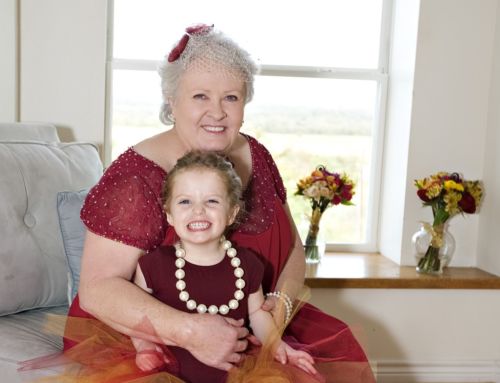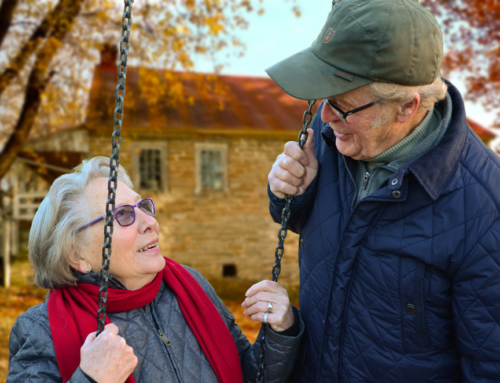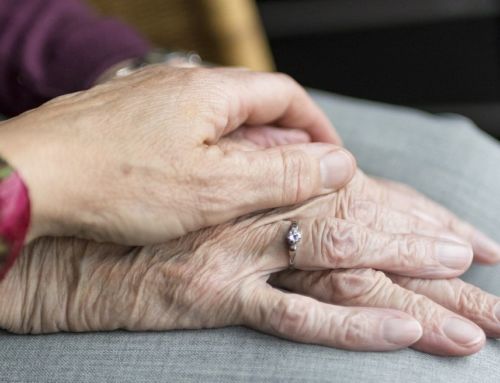Although care for dependent parents is often the outcome of collective decisions in multiple-child families, little is known on the role of sibling characteristics with respect to individual children’s caregiving. Using recent longitudinal SHARE data, this study finds that gender composition as well as parent-child contact and geographic distances between siblings and parents affect a child’s caretaking.
As European societies age, larger numbers of older people experience functional limitations. Family members, especially partners and children, contribute strongly in caring for older persons. A better understanding of intergenerational solidarity is crucial. Family support for the elderly not only reduces the public costs of ageing (Kehusmaa et al. 2013), but also adds to the well-being of older adults, who often prefer to age at home (Wiles et al. 2012).
The determinants of children’s caregiving are generally grouped in three categories: gender (the caring role of women), the costs of caregiving (competing employment and family situation, e.g. rigid working hours and a demanding family life) and parent-child commitment (the family ties between parents and children). The present study adds the dimension of siblings as care efforts can be divided between siblings in multiple-child families.
The analysis draws on data (collected in 2013 and 2015) from the Survey of Health, Ageing and Retirement in Europe (SHARE) including both information on parents’ care use and characteristics of the children to shed light on how siblings affect the caregiving of a child in a sample of 14 European countries (Börsch-Supan, Brandt et al. 2013). A child (with at least 1 parent alive) is tagged as caretaker when he or she provides at least once a week personal care (e.g. dressing or bathing) and/or help with household work (e.g. shopping) for his or her parents. This study examines the impact of sibling characteristics prior to a child’s start of care provision. This avoids reversed causality as caregiving may forge changes among children and their siblings (e.g. a child may start to work when a brother or sister takes the care burden).
Gender and gender composition of children’s siblings
From our sibling perspective, a first important characteristic is gender composition. Despite women’s increasing educational level and higher involvement in employment, the literature suggests that intensive caregiving is still unfairly weighted against women in Europe (Haberkern, et al. 2015; Verbakel et al. 2017). As illustrated in Figure 1, presenting the predicted probabilities of caretaking for different gender configurations of children, daughters are also in the forefront when it comes to care responsibilities towards parents in Europe. Moreover, our findings (correcting for child, parental, sibling characteristics and country) elucidate that daughters’ care provision depends on the gender composition of their sibling group. On average, daughters (2.0%) tend to provide care more frequently than sons (1.4%) in a family with sisters only. If both brothers and sisters (2.0% vs. 1.2%) or only brothers (2.4% vs. 1.7%) are present, the difference between daughters and sons increase. Sons, from their side, start caregiving more in the absence of sisters. This evidence corroborates that the gendered nature of care remains a vital aspect of informal caregiving for parents. It should be noted that the role of children-in-law is not considered in our analysis. The results may imply that sons often pass care responsibilities on to their partners. Country comparisons reveal that gendered intergenerational care predominantly applies to southern European countries. Elderly care is the responsibility of the family and most notably daughters in Mediterranean countries.

Siblings’ care opportunities
As mentioned earlier, filial caregiving is contingent on the “price” of children’s care services, referring to the practical constraints and indirect costs of children’s time to care (Silverstein et al. 2002). One would expect that children encountering high care costs are less likely to provide assistance to their parents. However, a child’s decision to help his or her parents is not reducible to an individual cost calculation. Children may consider an assessment of their own and their siblings’ caregiving prospects (Silverstein et al. 2008). Furthermore, children with closer parent-child ties within the sibling group are expected to provide care (Leopold et al. 2014).

Figures 2 and 3 show the effects of sibling characteristics on children’s individual caretaking of parents. Figure 2 reflects the expected changes in probabilities of taking care if a proportion or average sibling characteristic increases by one percentage point. Increasing proportions of employed and partnered siblings seem to have a negligible impact on the individual caring of children. Our study (Figure 3), however, finds a salient significance of being the only child without a job. Being the sibling unconstrained by time regimes of paid work increases the likelihood of entering the caregiving role. The position of being the only child without partner does not affect children’s caregiving strongly. Also, we find no evidence for the influence of siblings having their own children on care for parents. In contrast, this research suggests an overriding importance of siblings’ contact frequency and proximity. We observe that the closest residing children (Figure 3) and children with siblings living at farther distances (Figure 2) are most likely to commence care-taking. This confirms that geographic proximity facilitates care exchanges within families. As regards contact frequency, we find that children with relatively more contact are also more inclined to start caregiving (Figure 3), as well as that children with siblings having higher contact frequencies show lower care probabilities (Figure 2). The measures reflect to what extent parents and siblings are committed and maintain good connections. Children with good parent contact prior to the caregiving stage may also be well informed about the needs of parents and constitute the preferred care provider later on.
Conclusion
This research shows that siblings can play a meaningful role vis-à-vis individual care decisions. At present, older people in Europe often have a rich pool of family members upon which to call for personal assistance. However, in the context of population ageing, shrinking families and welfare systems under pressure, it is essential to understand how the intra-family organization of intergenerational caregiving will further develop.

References
Börsch-Supan, A., et al. (2013). “Data Resource Profile: The Survey of Health, Ageing and Retirement in Europe (SHARE).” International Journal of Epidemiology 42(4): 992-1001.
Haberkern, K., et al. (2015). “Gender differences in intergenerational care in European welfare states.” Ageing & Society 35: 298-320.
Kehusmaa, S., et al. (2013). “Does informal care reduce public care expenditure on elderly care? Estimates based on Finland’s Age Study.” BMC health services research 13(1): 317.
Leopold, T., et al. (2014). “The transition to parent care: Costs, commitments, and caregiver selection among children.” Journal of Marriage and Family 76(2): 300-318.
Silverstein, M., et al. (2008). Commitment to Caring: Filial Responsibility and the Allocation of Support by Adult Children to Older Mothers. Caregiving contexts: Cultural, familial, and societal implications. M. E. Szinovacz and A. Davey. New York, Springer: 71-92.
Silverstein, M., et al. (2002). “Reciprocity in parent–child relations over the adult life course.” The Journals of Gerontology Series B: Psychological Sciences and Social Sciences 57(1): S3-S13.
Verbakel, E., et al. (2017). “Informal care in Europe: findings from the European Social Survey (2014) special module on the social determinants of health.” The European Journal of Public Health 27(suppl_1): 90-95.
Wiles, J. L., et al. (2012). “The Meaning of “Aging in Place” to Older People.” The Gerontologist 52(3): 357-366.
About the authors:
Jorik Vergauwen, research fellow of the Centre for Longitudinal and Life Course Studies at the University of Antwerp (Belgium).
Dimitri Mortelmans, senior professor in sociology at the Centre for Longitudinal and Life Course Studies at the University of Antwerp (Belgium).
The article is based on:
Vergauwen, J., & Mortelmans, D. (n.d.). An integrative analysis of sibling influences on adult children’s care-giving for parents. Ageing and Society, 1-25. doi: 10.1017/S0144686X19001156










Leave A Comment